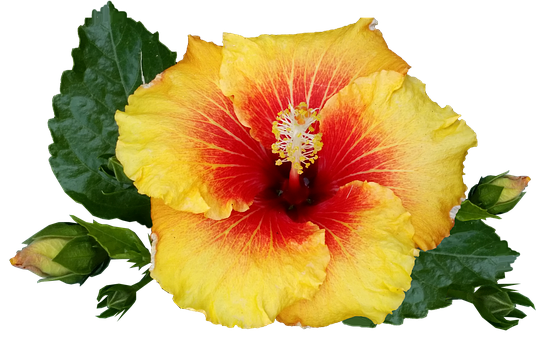Some people run into problems when they practice contemplating samsara is suffering. I’ve come across people who go to extremes: before they do the practice, they are confident about life, their work, and the world, and feel good about everything; however, after doing the practice, the world turns grey, they lose interest in everything and become extremely passive and listless — to the point of seeing no meaning in life at all.
Is renunciation the same as passivity and pessimism? No, it would be a mistake to think so.
Just as bodhicitta is more than mere compassion, it is, with compassion as the base, the resolve and courage to attain Buddhahood in order to liberate all sentient beings; renunciation is more than just apprehending samsara is suffering, it is also the determination to seek liberation for oneself.
~Depicted from THE FOUR SEALS OF DHARMA - All Contaminated Things are Unsatisfactory











